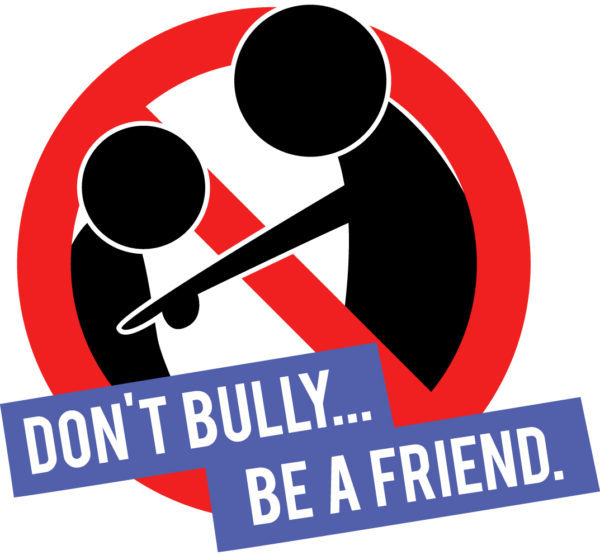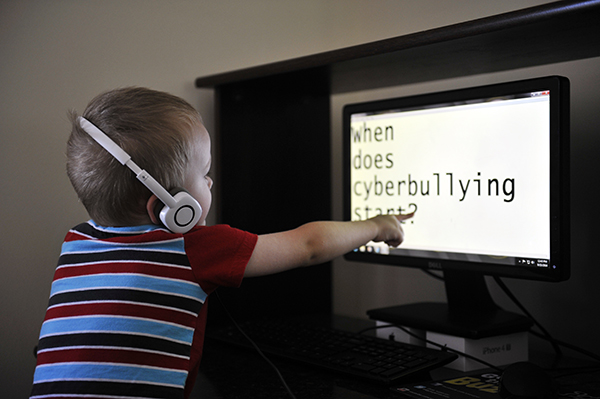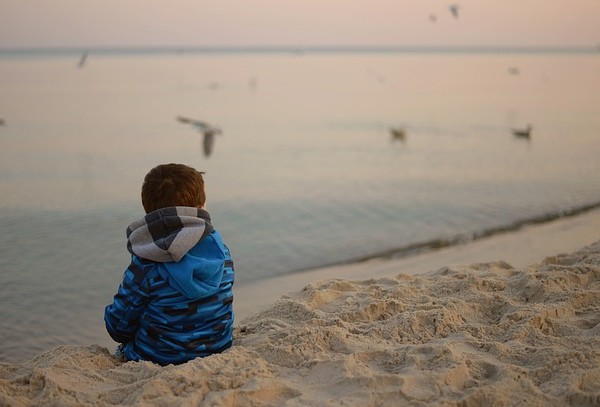Web bullying represents an act of intimidation, threat or harassment towards someone via the internet or social media, and is harmful behavior that can have serious emotional and psychological consequences.
The high propensity of social media to become fertile ground for stalkers and cyberbullies has been known for some time. However, the latest news questioning the ability of Facebook, Twitter and other platforms to protect themselves against the growing number of cyberbullying incidents leaves a widespread feeling of bitterness. This is particularly frustrating because some half-hearted attempts had been made by Facebook itself, with the publication of guidelines aimed at informing parents, children and teachers about the dangers of cyberbullying.
A recent online survey, involving more than a thousand children under 18, revealed that the 47% of those interviewed admitted to having received intimidating or offensive messages through social media. Even more worrying is the fact that many teenagers signed up to such platforms when they were just 12 years old, unaware that the minimum age was 13. This last data does not help the image of social networks at all and, on the contrary, it is expected that it will contribute to increasing the number of detractors of these platforms.
Statistics of bullying on the web
Still on the subject of Bullying on the Web, we see some interesting statistics examined by parents, students, or simply interested parties, by the Tulane university in Louisiana:
- Approximately 1 in 3 students has experienced bullying online during the school year;
- Only 15% of students admitted to being targeted by cyberbullies;
- 61% of students are overweight reported incidents of online bullying;
- 70% of middle school kids have witnessed incidents of bullying;
- Only 10% of cyberbullying victims would admit to an adult that they were bullied by other students;
- The girls have 2 times more likely of incurring cyberbullying phenomena with respect to children;
- Boys are 7 times more likely to be targeted by friends and strangers;
- Victims of cyberbullying can stumble upon acts of suicide 2 to 9 times more compared to the average of other students.
In short, this latest information alone would be enough to send any parent with common sense into a tailspin. Yet, placing all the blame on social media is not correct: parents also have their responsibilities regarding the prevention and control of minors. Informed use of suitable systems Monitoring any risky behavior of their children could ultimately prove to be a good preventive strategy.











